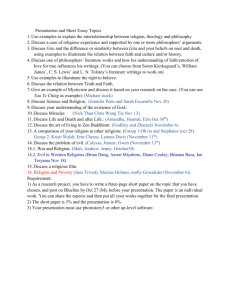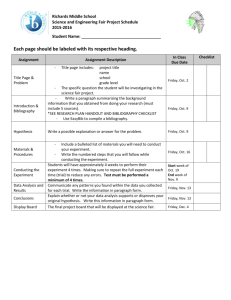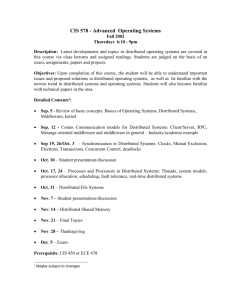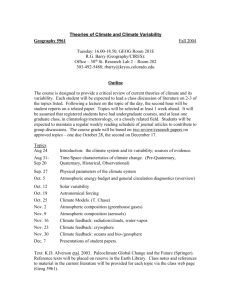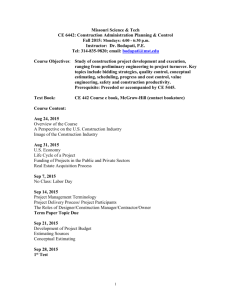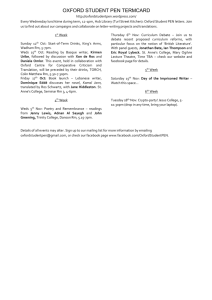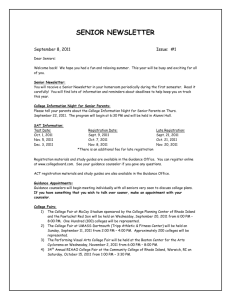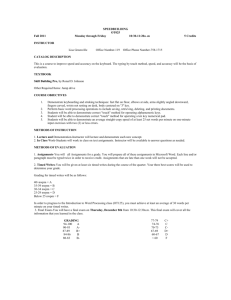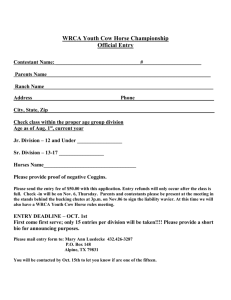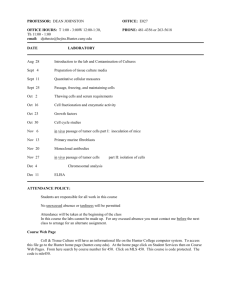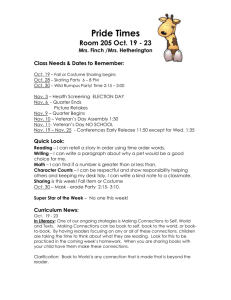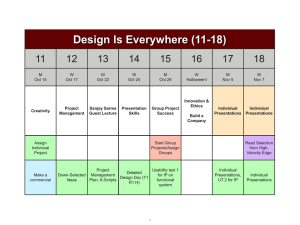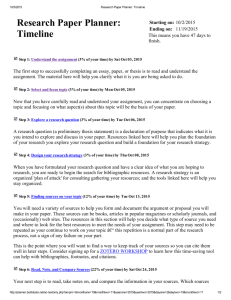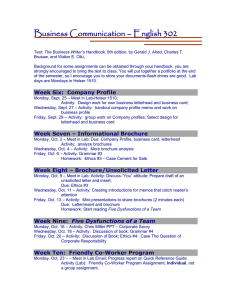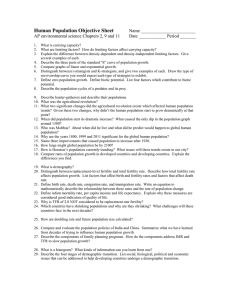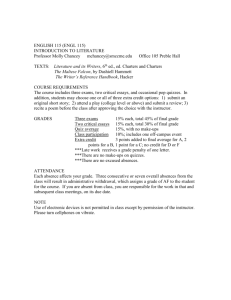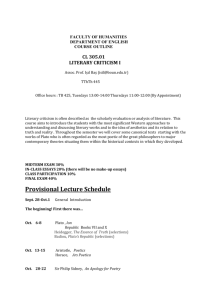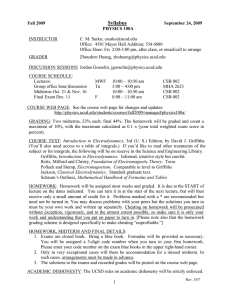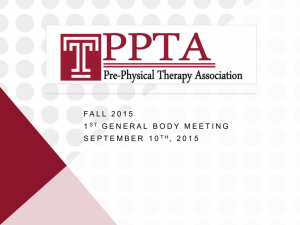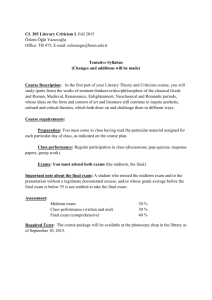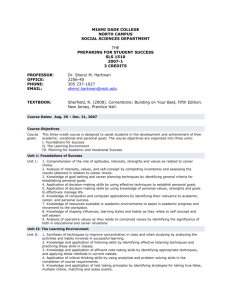Edgar Allan Poe Short Stories Unit Monday, Oct. 27 (in class
advertisement
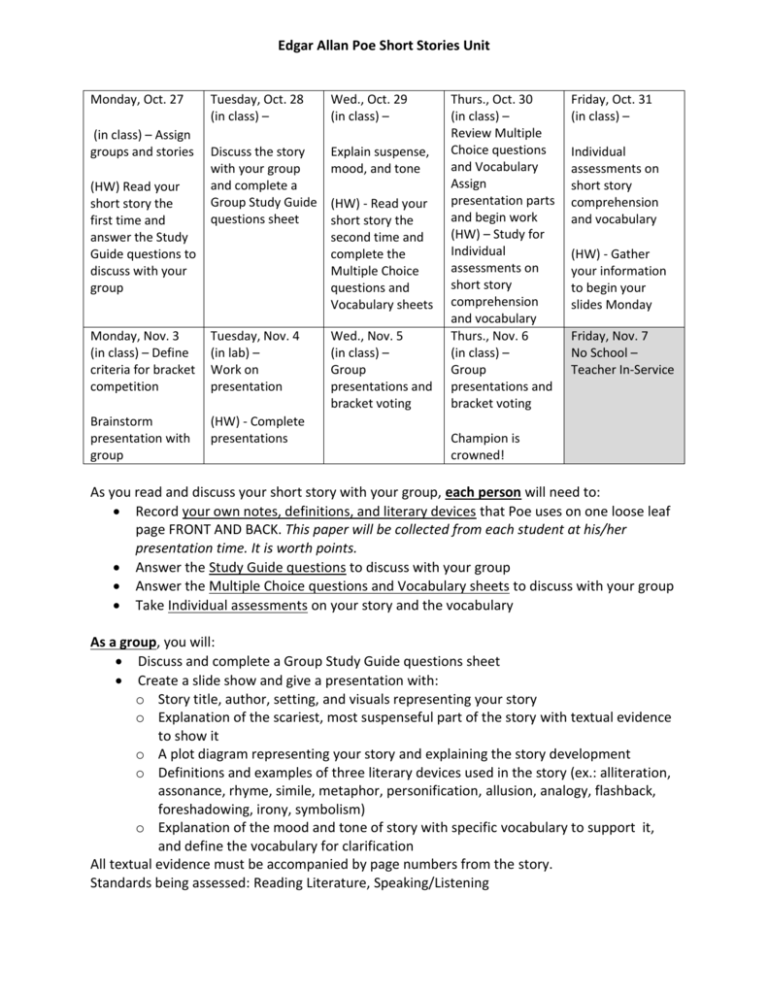
Edgar Allan Poe Short Stories Unit Monday, Oct. 27 (in class) – Assign groups and stories (HW) Read your short story the first time and answer the Study Guide questions to discuss with your group Tuesday, Oct. 28 (in class) – Wed., Oct. 29 (in class) – Discuss the story with your group and complete a Group Study Guide questions sheet Explain suspense, mood, and tone Monday, Nov. 3 (in class) – Define criteria for bracket competition Tuesday, Nov. 4 (in lab) – Work on presentation Brainstorm presentation with group (HW) - Complete presentations (HW) - Read your short story the second time and complete the Multiple Choice questions and Vocabulary sheets Wed., Nov. 5 (in class) – Group presentations and bracket voting Thurs., Oct. 30 (in class) – Review Multiple Choice questions and Vocabulary Assign presentation parts and begin work (HW) – Study for Individual assessments on short story comprehension and vocabulary Thurs., Nov. 6 (in class) – Group presentations and bracket voting Friday, Oct. 31 (in class) – Individual assessments on short story comprehension and vocabulary (HW) - Gather your information to begin your slides Monday Friday, Nov. 7 No School – Teacher In-Service Champion is crowned! As you read and discuss your short story with your group, each person will need to: Record your own notes, definitions, and literary devices that Poe uses on one loose leaf page FRONT AND BACK. This paper will be collected from each student at his/her presentation time. It is worth points. Answer the Study Guide questions to discuss with your group Answer the Multiple Choice questions and Vocabulary sheets to discuss with your group Take Individual assessments on your story and the vocabulary As a group, you will: Discuss and complete a Group Study Guide questions sheet Create a slide show and give a presentation with: o Story title, author, setting, and visuals representing your story o Explanation of the scariest, most suspenseful part of the story with textual evidence to show it o A plot diagram representing your story and explaining the story development o Definitions and examples of three literary devices used in the story (ex.: alliteration, assonance, rhyme, simile, metaphor, personification, allusion, analogy, flashback, foreshadowing, irony, symbolism) o Explanation of the mood and tone of story with specific vocabulary to support it, and define the vocabulary for clarification All textual evidence must be accompanied by page numbers from the story. Standards being assessed: Reading Literature, Speaking/Listening
